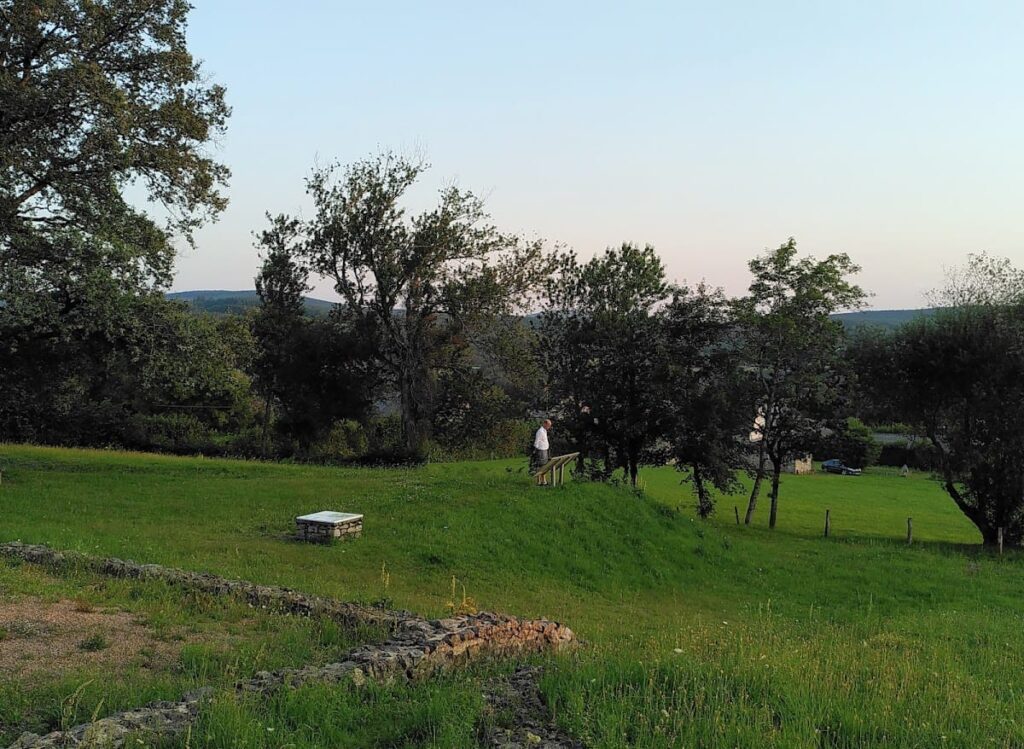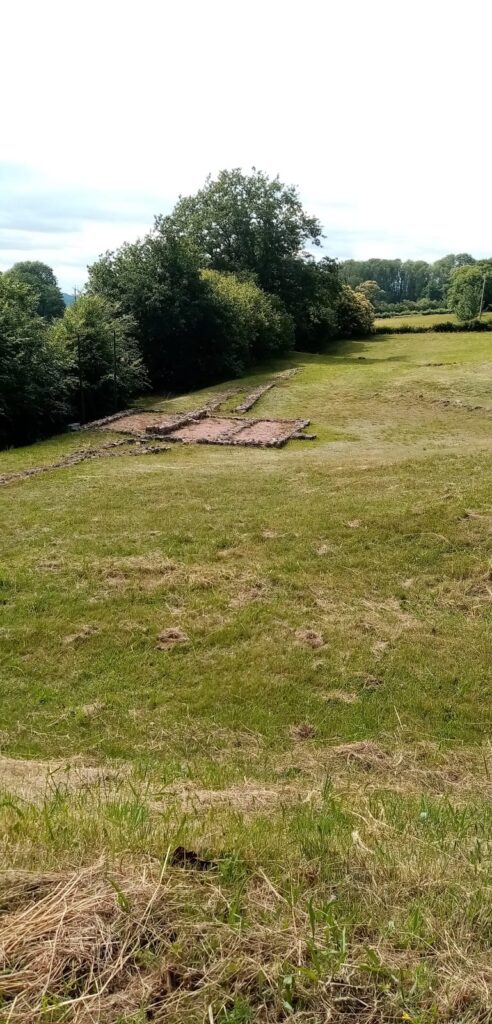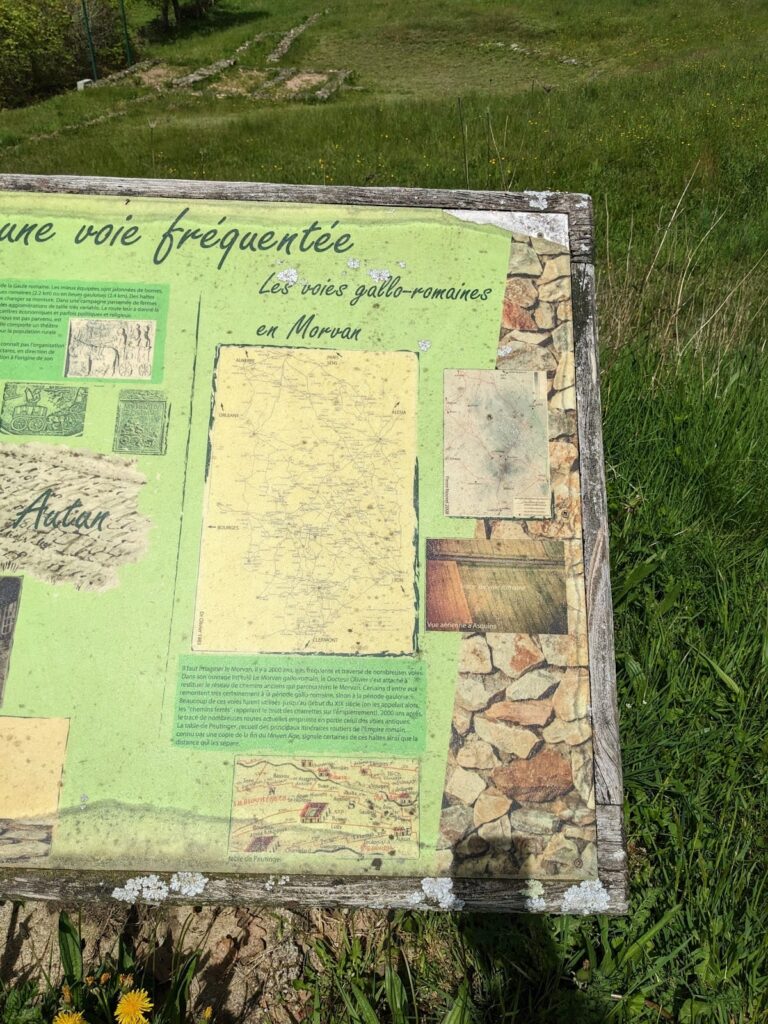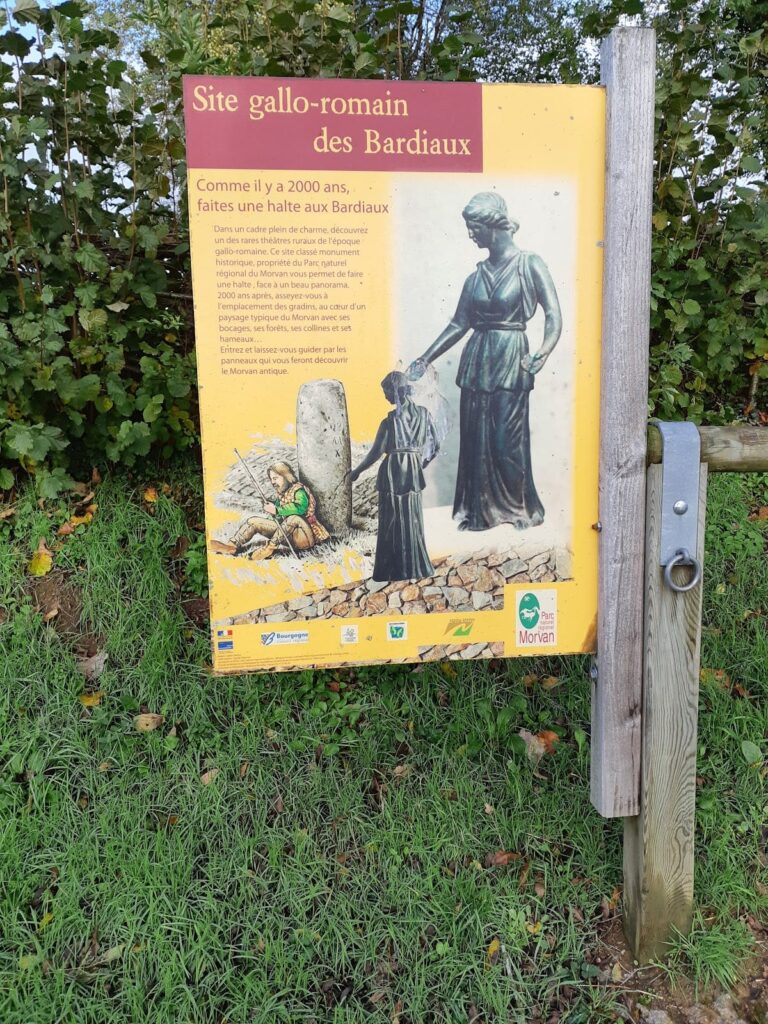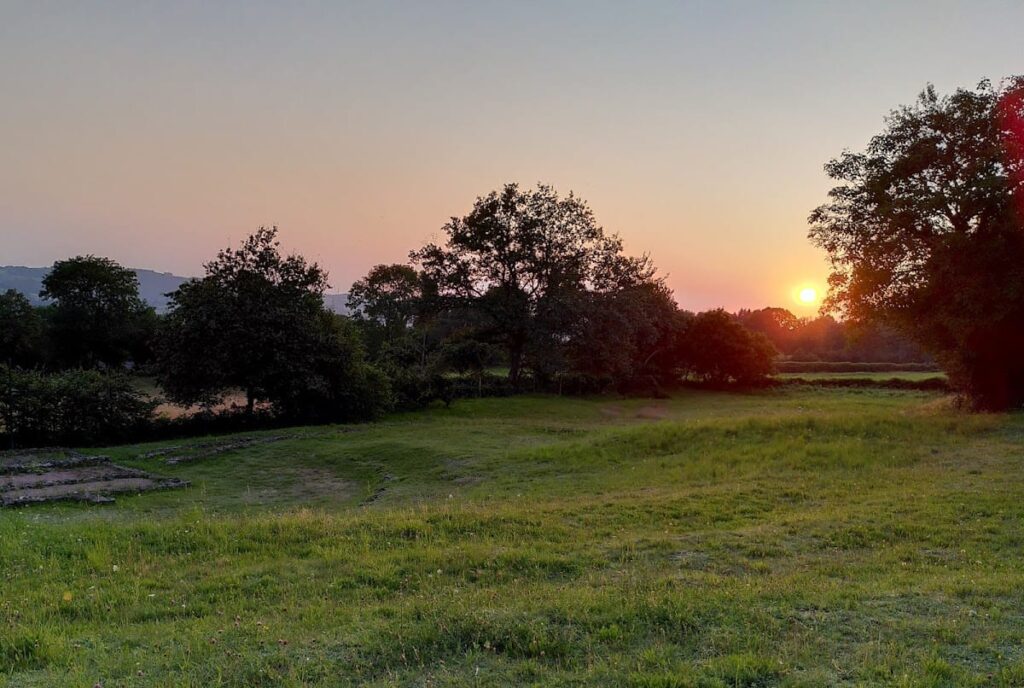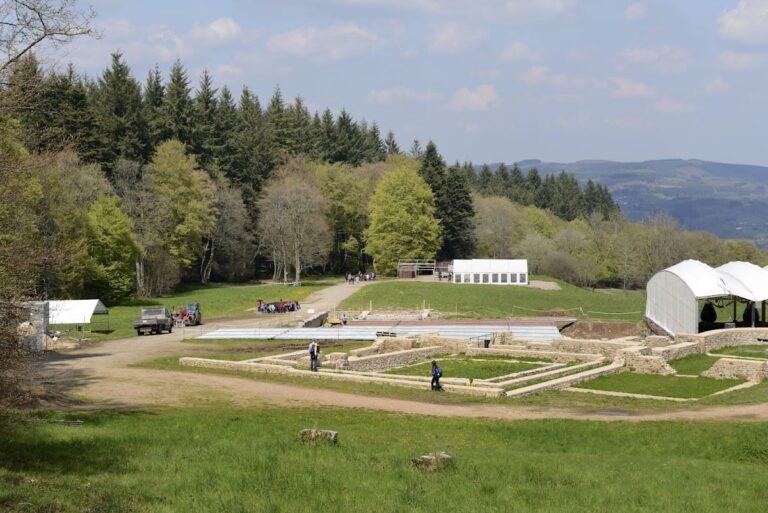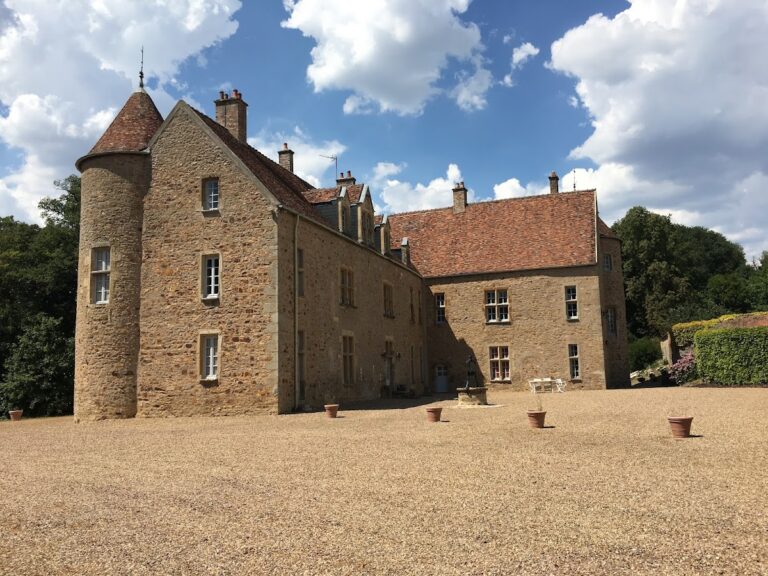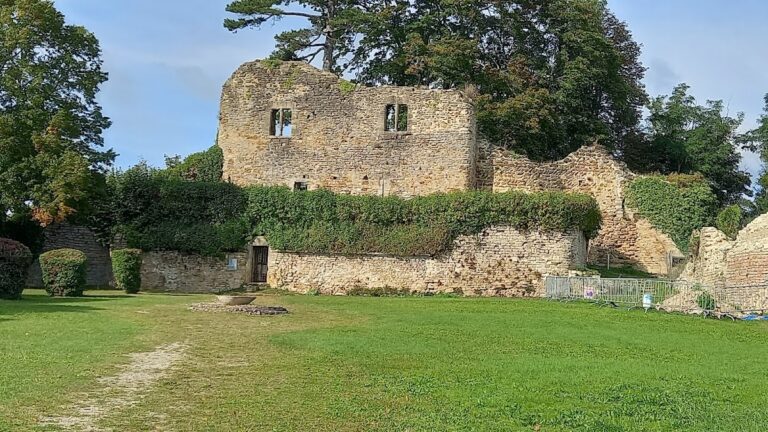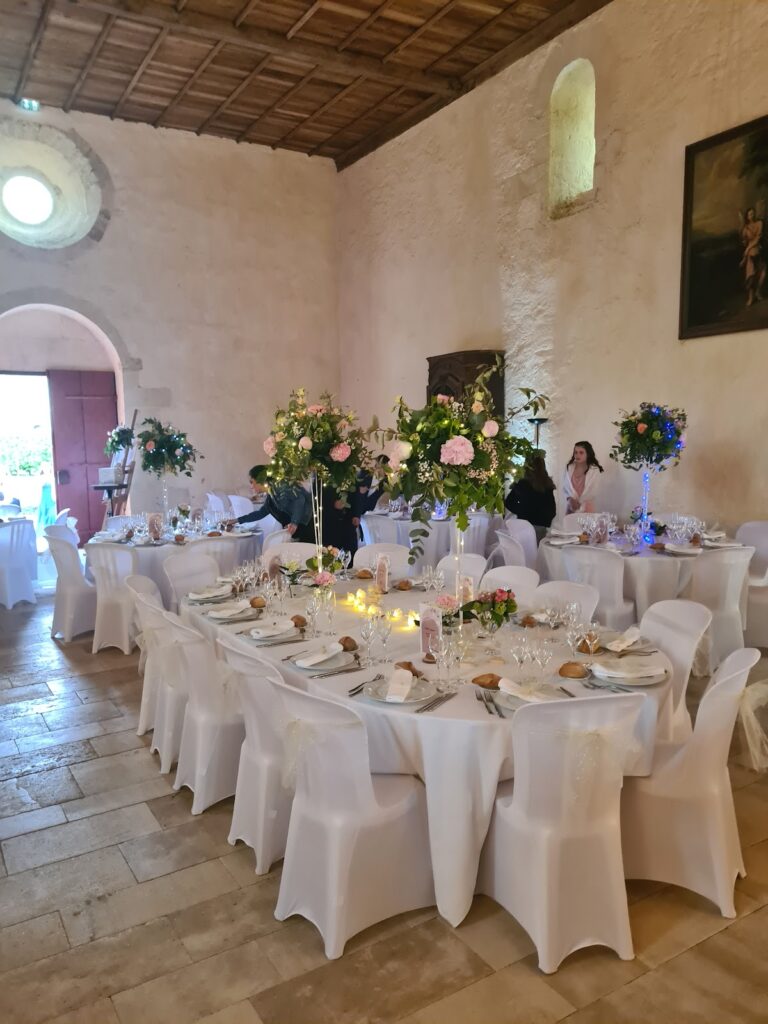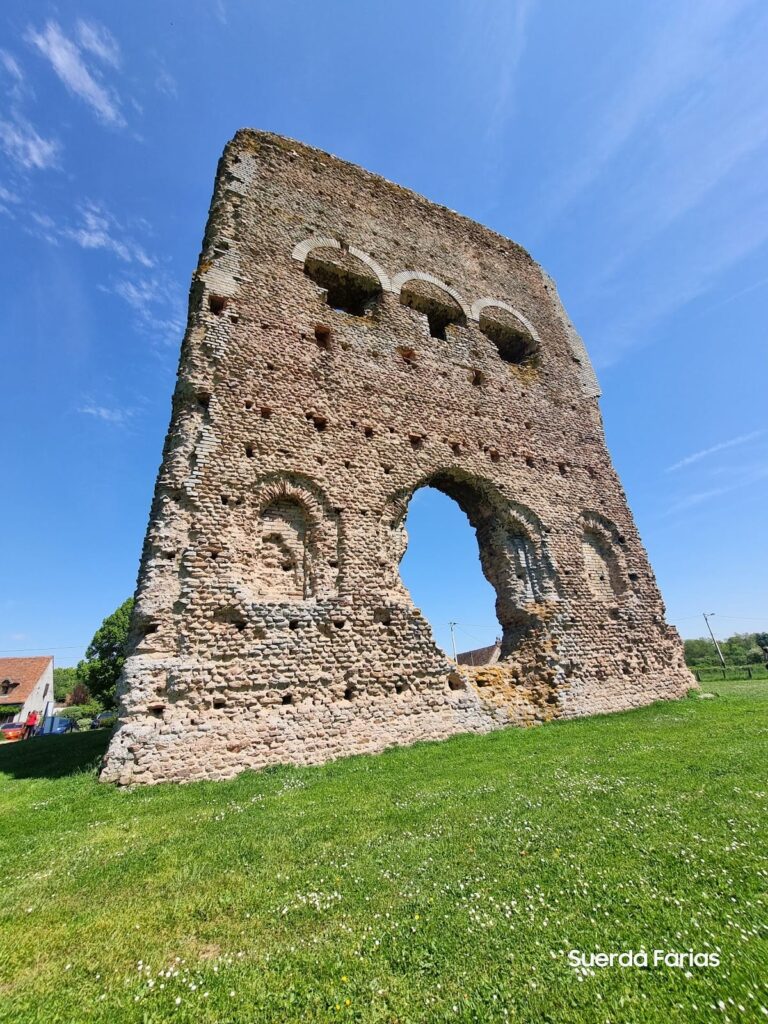Bardiaux Archaeological Site: A Gallo-Roman Settlement in Central France
Visitor Information
Google Rating: 3.9
Popularity: Very Low
Google Maps: View on Google Maps
Official Website: www.patrimoinedumorvan.org
Country: France
Civilization: Roman
Remains: Entertainment
History
The Bardiaux archaeological site is located near Arleuf in the Nièvre department, within the Morvan region of central France. It was established by the Romans toward the end of the 2nd century AD. This area was part of Roman Gaul, where Roman and local Celtic cultures blended.
Occupation at the site began in the 1st century AD, as shown by early domestic structures and metallurgical activity. The location was strategically chosen near important ancient roads connecting Autun to Orléans and Bibracte to Alésia, facilitating regional communication and trade. A theater was constructed during the late 2nd century AD, serving as a place for public gatherings, performances, and possibly rituals.
The site remained active until the mid-4th century AD, when both the theater and nearby houses were destroyed by fire. After this event, the area was reused, as indicated by artifacts dating from the 5th to 7th centuries.
Remains
The Bardiaux site features a rectangular theater measuring about 45 by 40 meters, built on a north-facing slope of the Chaz valley at roughly 590 meters altitude. The theater’s seating area, called the cavea, consists of six concentric terraces rising between 2 and 6 meters above the orchestra, which is a circular performance space with a radius just over 9 meters. Wooden benches originally occupied the seating terraces.
The theater’s perimeter was marked by a low wall about 50 centimeters thick and up to 60 centimeters high. The stage building includes three rectangular rooms with two doors on the sides. The front room likely supported a wooden platform for performances. Foundations of the enclosure wall and stage remain visible from excavations.
Nearby, archaeologists uncovered remains of several houses, including one with an oak basin lined with wood and clay, measuring 2.5 by 1.4 by 0.75 meters, used to collect spring water. Industrial features are also present, such as brick-built blast furnaces on the hillside for smelting iron ore, along with adjacent buildings interpreted as forges and possibly the home of the metallurgical master.
Artifacts found at the site include iron tools like a sickle, bronze fittings from chariots, ceramic fragments dating from the 5th to 7th centuries, a bell, and a cattle prod tip. These finds indicate a variety of activities and continued occupation after the theater’s destruction. A segment of an ancient road crosses the western side of the site in an east-west direction, confirmed by excavation and visible in satellite images.
A notable discovery is a 16-centimeter-high statuette of the goddess of Abundance, known as the Dame des Bardiaux, now displayed at the Rolin Museum in Autun. The theater has been protected as a historic monument since December 8, 1975.
